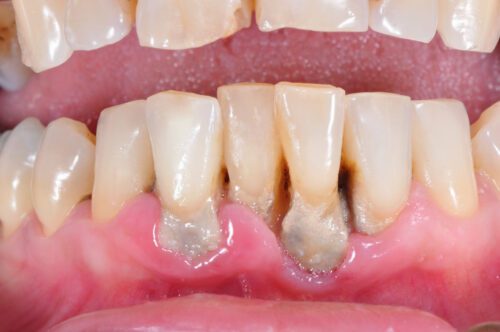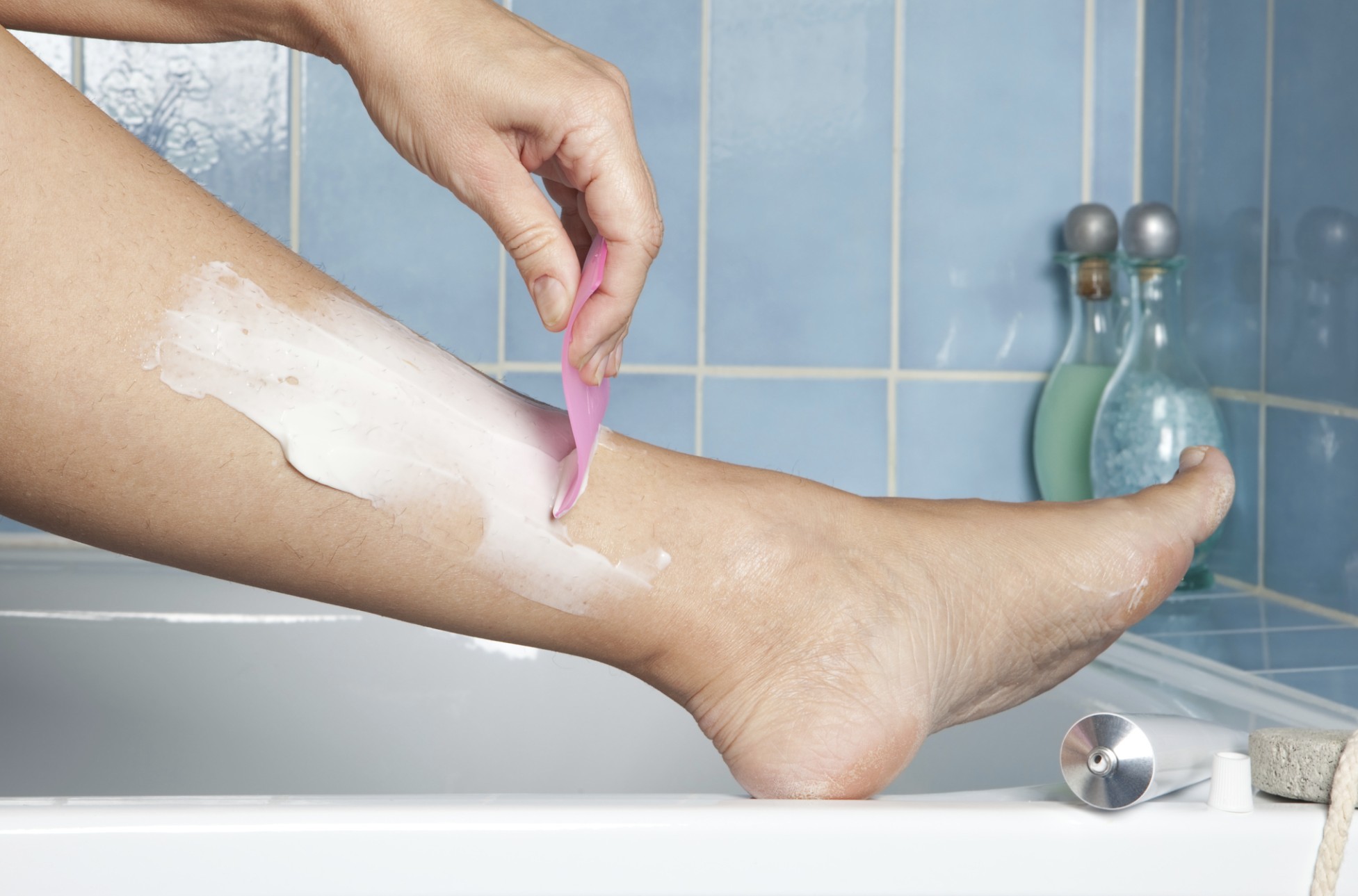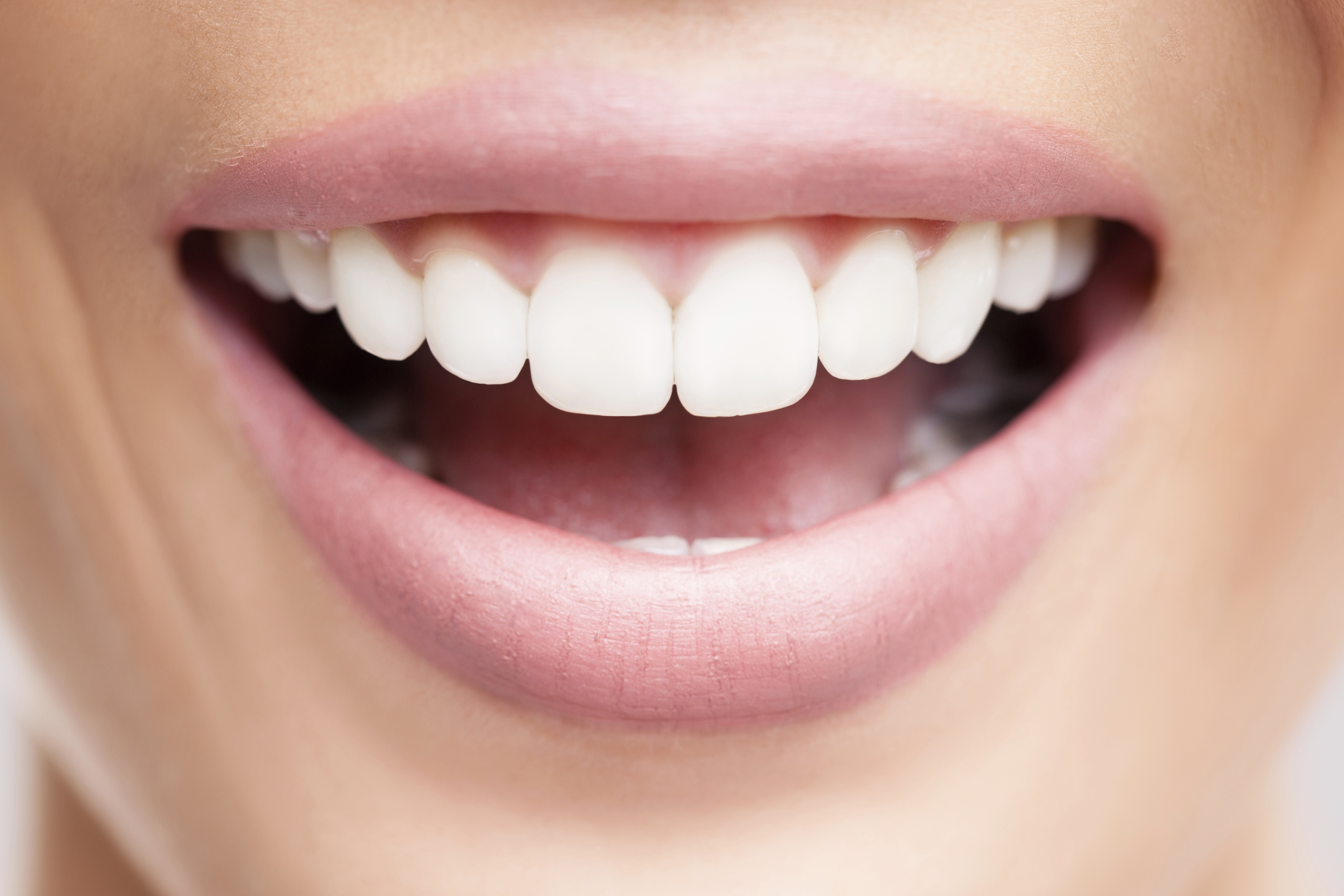Gum Disease Treatments
-
Reviewed by Greg Grillo, DDS | Last updated 6/7/2023
- Overview
Overview
What is gum disease?
Gum disease, also known as periodontitis, is an inflammatory condition affecting the supporting tissue around the teeth. Gum disease is one of the leading causes of tooth loss that results from an uncontrolled bacterial infection that damages the gums and underlying bone.

Gum Disease (Periodontitis)
Cost of gum disease treatments
The cost of gum disease treatments can vary widely based on the severity of the disease. The following are some average costs patients can expect to pay for treatment:
- Professional dental cleaning: $75 to $175
- Scaling and planing: $125 – $150 per tooth
- Gum grafting: $500 to $1,200 per tooth
- Gum pocket reduction surgery: $1,000-$3,000 per area
- Periodontal laser therapy: $2,000-$8,000 per area
- Periodontal maintenance: $115- $130 per visit
Many dental insurance plans cover the cost of gum disease treatment.
Symptoms of gum disease
Some common symptoms of gum disease include:
- Swollen or puffy gums.
- Bright red or purplish gums.
- Pus between your teeth and gums.
- Sensitive gums.
- Bleeding gums (regardless of whether you’re brushing your teeth).
- Spitting out blood when brushing or flossing your teeth.
- Loose teeth, or teeth that have shifted from their normal position.
- Bad breath.
Gum disease may or may not cause your gums to recede. If they do, tooth roots can become exposed and create tooth sensitivity. As the disease progresses, pockets can form between your teeth and gums and pus can develop. This could lead to additional problems including toothaches and tooth decay. In rare cases, gum disease can create the need for root canal therapy. Additionally, the underlying bone may recede. If gum disease is left untreated, tooth loss could occur.
What are the causes?
Certain types of bacteria produce toxins around the gum tissue and draw an inflammatory response from the body’s immune system. This inflammation initially irritates the gum tissue, but often leads to bone damage underneath the gums. Several factors contribute to gum disease, and most causes can be corrected to help control the condition.
Certain factors increase the risk for gum disease:
- Smoking
- Poor oral hygiene
- Stress
- Heredity
- Diabetes
- Crooked teeth
- Underlying immuno-deficiencies
- Defective fillings
- Certain medications, such as antidepressants and anti-hypertensives
- Poorly fit dental bridges
- Female hormonal changes, such as with pregnancy or the use of oral contraceptives
Additionally, clenching and teeth grinding habits that stress the supporting gum tissue may also lead to gum disease.
Treatment options
Treatments vary based on the severity of the condition and the patient’s unique history. Your dentist will perform a thorough examination to determine the extent of the condition before developing an appropriate treatment plan.
According to the American Academy of Periodontology, the following are a some treatment options commonly used to treat gum disease.
- Professional dental cleaning: For most mild cases of gum disease a professional dental cleaning will do the trick. During a checkup, your dentist will use specialized tools to remove plaque and tartar from the tooth surface and the gumline.
- Antibiotics: Antibiotics can be used to treat some forms of gum disease. Oftentimes, antibiotics are used in conjunction with surgery or other therapies, or sometimes on their own to remove bacteria.
- Scaling and planing: This is a non-surgical procedure that involves deep cleaning the teeth and gums while the patient is under local anesthesia. Plaque and tartar are scraped away above and below the gum line (known as scaling). Rough spots on the tooth root are made smooth with tools in a process known as planing.
- Gum grafting: Gum grafting treatments reinforce thinning gums and fill in spaces in the gums where the tissue has receded. The tissue is taken from the palate and surgically stitched to the affected areas.
- Gum pocket reduction surgery: Also known as flap surgery, the gums are lifted back and the tartar is removed from the gum line. Next, the gum tissue is smoothed and placed back onto the teeth, so it wraps tightly around the tooth.
- Periodontal laser therapy: Laser therapy works in combination with traditional therapies. The laser is used to access and remove the inflamed gum tissue from around your tooth’s root.
Regardless of the treatment, periodic visits with your dentist is recommended. Gum disease is controllable, but it’s not curable. With the right plan and daily efforts at home, you can enjoy your teeth for a lifetime.
For more information about gum disease, visit the MedlinePlus website.
EnhanceMyself.com relies on sources such as professional medical organizations, government agencies, academic institutions, and peer-reviewed scientific journals to write it’s articles. Learn more about how we ensure our content is accurate, in-depth, and unbiased by reading our editorial guidelines.
*Medical Disclaimer: This website does not provide medical advice. Read more.





